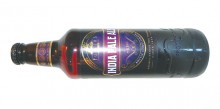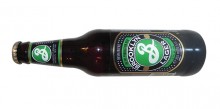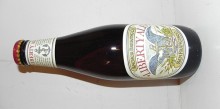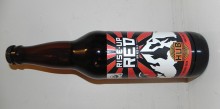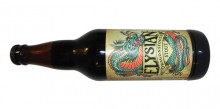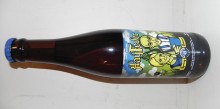by Peter Bailey
The first rule of book club is you do not talk about book club. The second rule of book club is you DO NOT talk about book club.
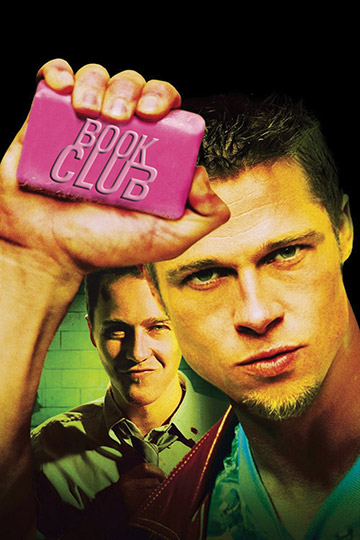 Well, the book club I’m talking about is as much a beer club as a book club, so I’ll bend the rules. In 2001, Cliff Therou and a group of guys scribbled some book titles on a beer coaster at the Black Dog Freehouse. Unlike other great ideas scrawled on beer coasters, this plan actually came to life. Perhaps it’s the cozy venue, a loft with wood-burning stove in a garage. Possibly it’s the dual focus on good beer and good books. Maybe it’s the easy-going group of guys. But Cliff’s Garage Book Club continues meeting over a dozen years later. I was honoured to be invited earlier this year.
Well, the book club I’m talking about is as much a beer club as a book club, so I’ll bend the rules. In 2001, Cliff Therou and a group of guys scribbled some book titles on a beer coaster at the Black Dog Freehouse. Unlike other great ideas scrawled on beer coasters, this plan actually came to life. Perhaps it’s the cozy venue, a loft with wood-burning stove in a garage. Possibly it’s the dual focus on good beer and good books. Maybe it’s the easy-going group of guys. But Cliff’s Garage Book Club continues meeting over a dozen years later. I was honoured to be invited earlier this year.
Beers are matched to books each month. Recently the club read Joseph Boyden’s The Orenda, a beautiful, bloody tale of the 17th century Huron-Iroquois wars and the tortuous death of missionary Jean de Brébeuf. I paired The Orenda with Trou du Diable’s La Buteuse, a Trappist-style tripel named after Jesuit missionary Jacques Buteux, killed by the Iroquois like Brébeuf. Cliff remembers other brilliant pairings, like Indian beer with Rohinton Mistry’s A Fine Balance and a legendary evening of Ethiopian food and homebrew with special guest Camilla Gibb and her Africa-set novel Sweetness in the Belly. One cold night this past winter Rhône wine was added to the mix when Todd Babiak stopped by with his France-set thriller Come Barbarians.
Generally, book clubs are the province of women and wine rather than boys and beer. Most fiction in Canada is purchased, and one presumes, read by women. As a librarian I despair when I hear men sniff and sneer, “Oh, I only read non-fiction.” Is reading a Cormac McCarthy novel unmanly or something? Ridiculous. So it has been a goal of mine to bring men back to books, back to libraries. And beer is one way to do that.
Books and beers may seem an unlikely pairing. Certainly beer has been considered an enemy to reason: “Sorry, it was the beer talking last night.” But it is words and books that have brought many people to beer in the past few decades. Beginning with his 1977 book, The World Guide to Beer, the late, great beer writer, Michael Jackson changed how we think about beer and helped usher in the craft beer revolution. Now beer is returning the favour, bringing people to books.
Green Drinks Edmonton brings people together on a theme, like April’s sold-out Local Literature night. Held at the Yellowhead Brewery, I think beer is key to their success. Most libraries dropped their no eating or drinking rules years ago as they evolved into vibrant community hubs. Some libraries use beer in their programming, like Kingston Public Library’s Books & Beers book club at Portsmouth Tavern.
I do beer tastings at my library and love to see men who may have not been to a library in awhile show up.
This year I will do a beer session at the Alberta Library Conference in Jasper. My goal is to re-imagine S. R. Ranganathan’s famous Third Law of Library Science, “Every book its reader”, as Bailey’s Beer Maxim: “Every beer its drinker”.
The best towns are beer towns, and more often than not, beer towns are also book towns. And sometimes baseball and band (music scene) towns. Six beers from six bookish, beerish towns.
The Ghostbusters advised against it, but Peter Bailey often crosses the streams (of books and beer). Follow him on Twitter as @Libarbarian.<
